Daily Parenting Tips That
Actually Work
Evidence-based techniques to support sensory, motor, cognitive, and social development

Physical Rhythms for Motor Development
Introducing rhythmic activities like clapping to a beat, dancing, or marching to music helps improve gross motor coordination, timing, and body awareness. Physical rhythms activate both the sensory and motor systems, reinforcing neural pathways essential for balance,
coordination, and motor planning. Engaging in these activities in group settings also fosters social skills and emotional bonding, offering children a fun, non-verbal way to express themselves.
Brain Gym Exercises for Attention
Brain Gym involves purposeful movements that stimulate brain function. Exercises like “cross crawls” (touching opposite elbow to knee) or “hook-ups” help children cross the body’s midline, which is critical for tasks such as reading, writing, and coordination.
These exercises enhance concentration, reduce impulsivity, and improve left-right brain communication. When used daily, they prepare the brain for learning and improve academic and behavioral outcomes.

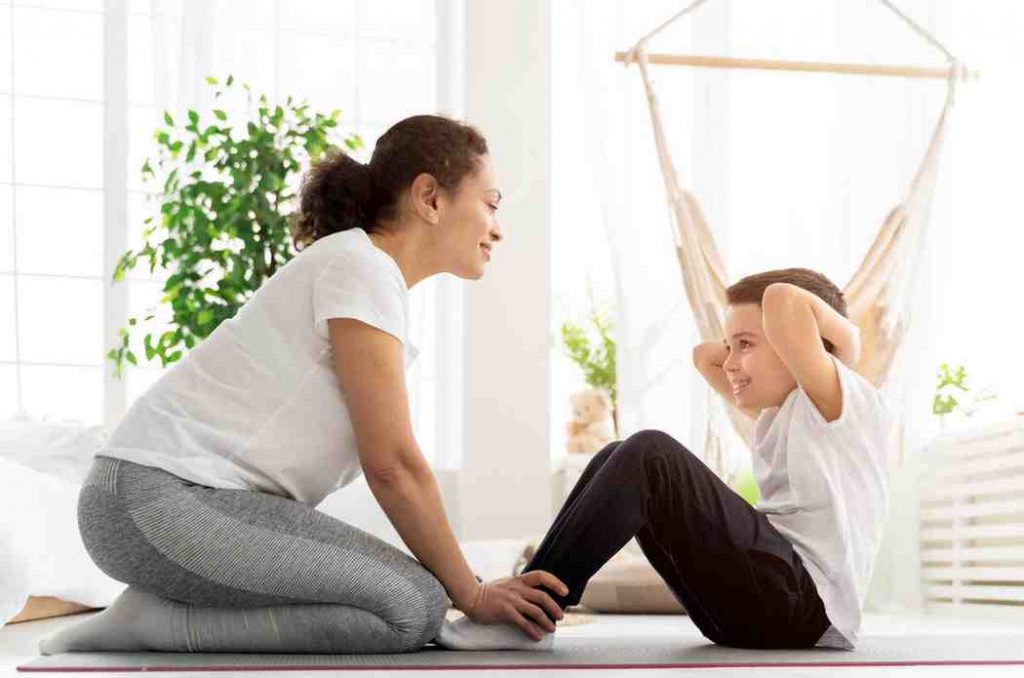
Breathe & Squat with Ear Holding
Super Brain Yoga combines squatting with ear holding and deep breathing to activate acupressure points, enhance focus, support memory, and prime the brain for learning or therapy sessions.
Making Therapies More Effective
Support neuroplasticity by embedding therapy exercises into daily routines. Repetition in real-life contexts—like meal prep or nature walks—reinforces therapeutic progress and brain adaptation.
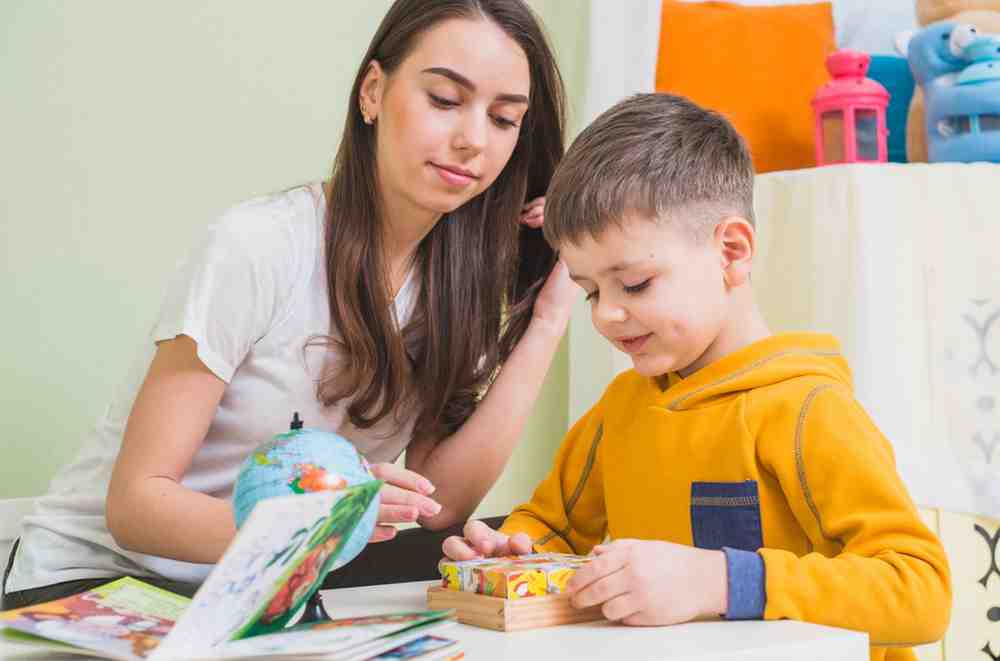
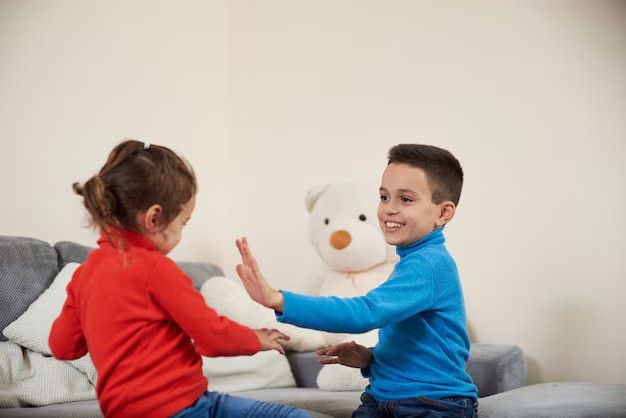
Clapping Games & Movement Breaks
Games like ‘Miss Mary Mack’ and movement breaks improve timing, eye contact, and attention span. They help release sensory tension and regulate energy during learning or therapy.
Teaching Functional & Independent Skills
Teach daily living skills like hand washing with step-by-step prompts and visual aids. Building independence boosts confidence and supports better integration in school and community.
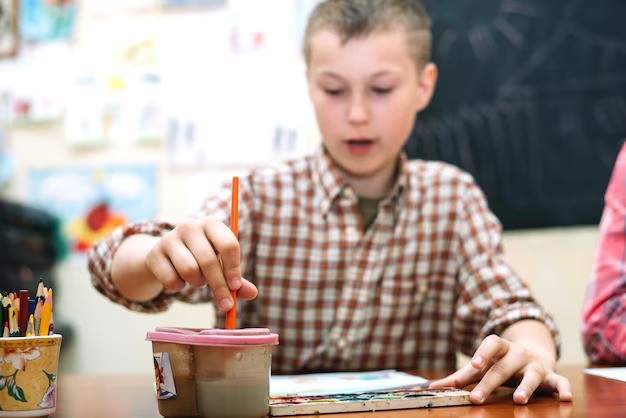

Beyond Autism Awareness
Move beyond awareness to acceptance by appreciating neurodiverse strengths. Celebrate milestones, honor sensory needs, and create inclusive environments that empower individuality.
Activities for Physical & Cognitive Development
Engage children with activities that combine movement and thinking, like color-coded obstacle courses, yoga with instructions, or treasure hunts, to support body coordination and mental processing.
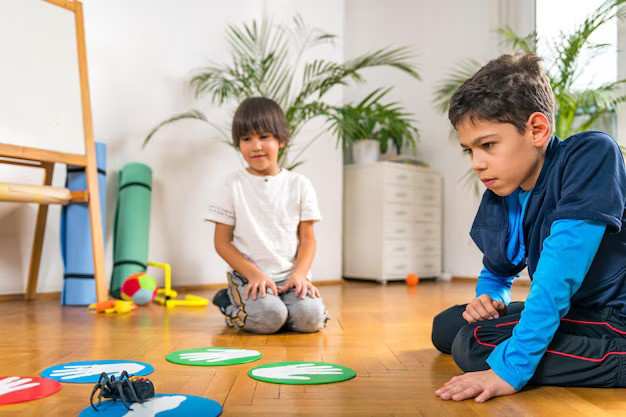
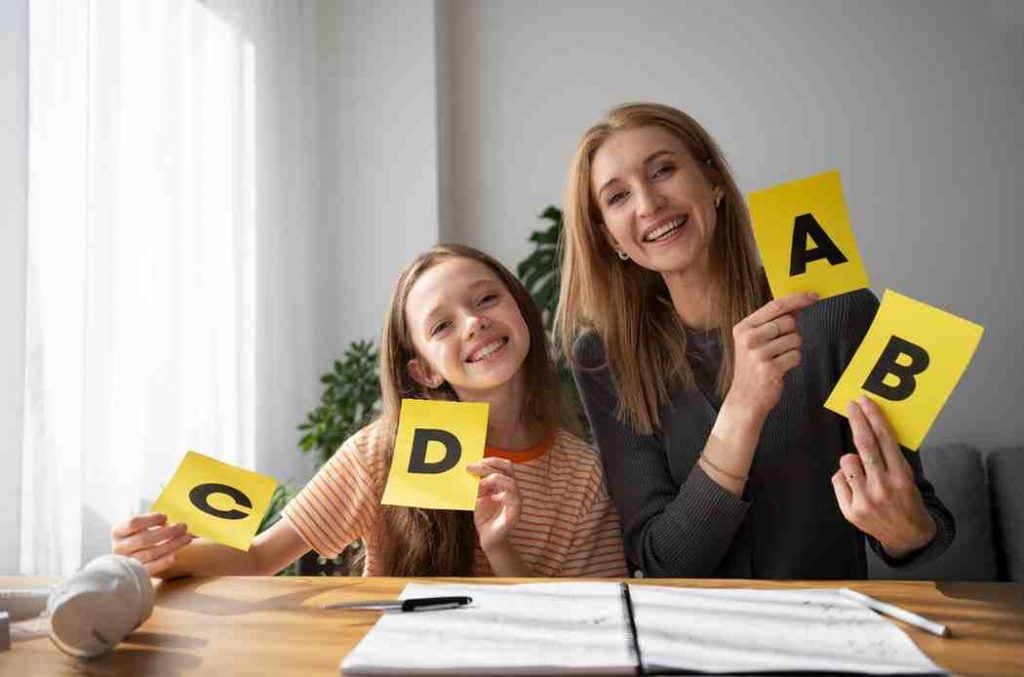
Developing Functional Language
Model practical communication during daily routines. Use phrases like ‘I want water’ or ‘No, thank you,’ and support learning through visual aids and role-playing to reduce frustration and foster independence.
Independent Writing Through Mazes
Use mazes and directional tasks to build motor control, visual tracking, and spatial awareness. These activities lay the groundwork for writing fluency and problem-solving.
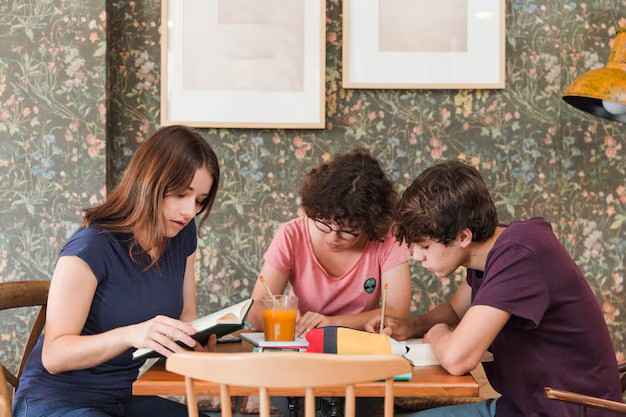
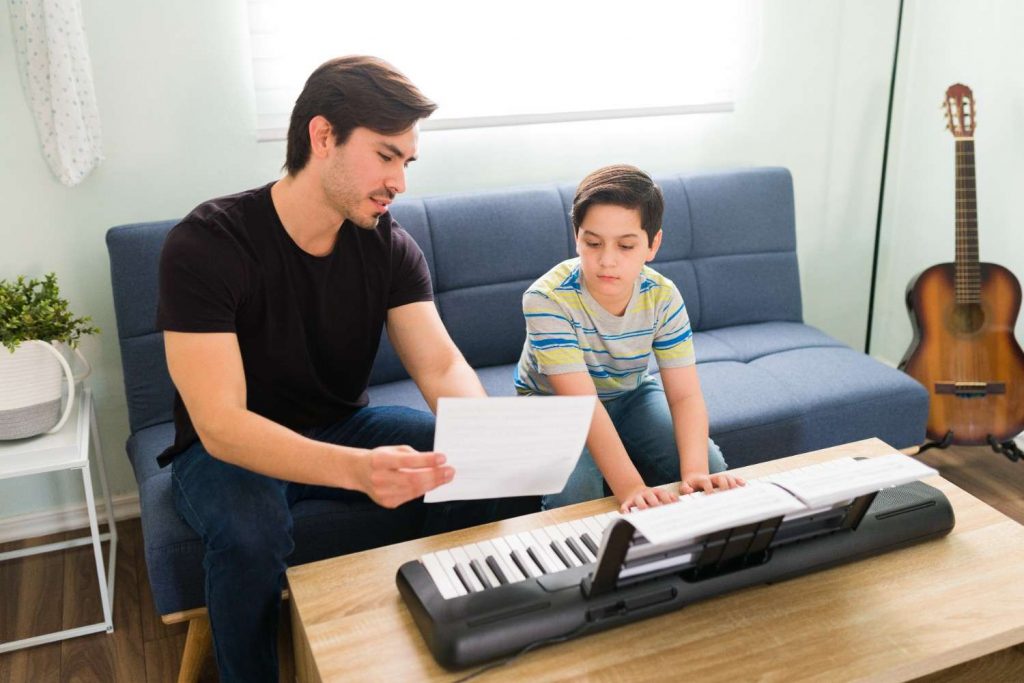
Speech Sessions Using Mand Training
Mand training encourages children to make requests using words or visuals. This ABA-based approach builds vocabulary and promotes meaningful, motivated
communication.
Footwear Choice for Reflex Integration
V-shaped slippers stimulate toes and improve balance and sensory feedback. Unlike cushioned shoes, they help integrate walking reflexes and support body awareness.
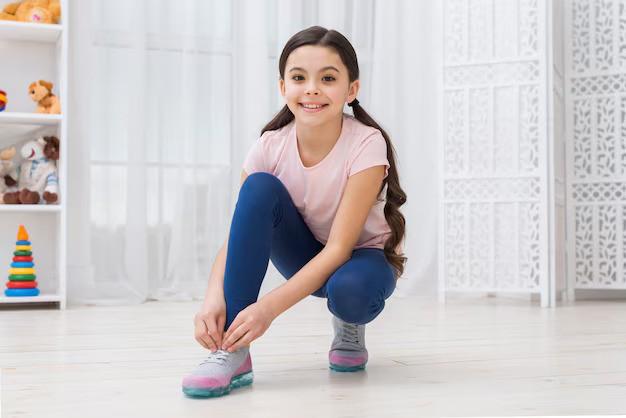
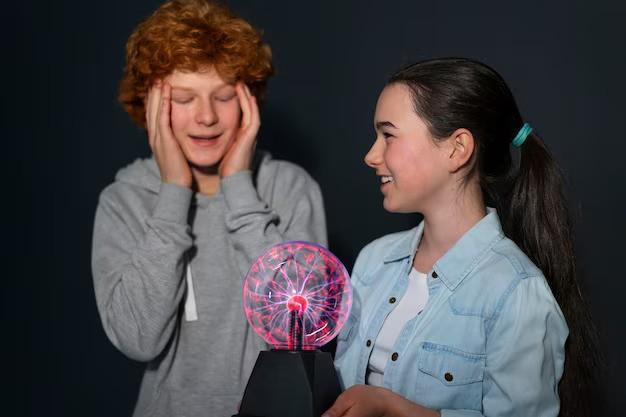
Left-Right Brain Stimulation
Exercises like crawling, yoga, and balance work strengthen core muscles and support left-right brain coordination—essential for attention, posture, and classroom
readiness.